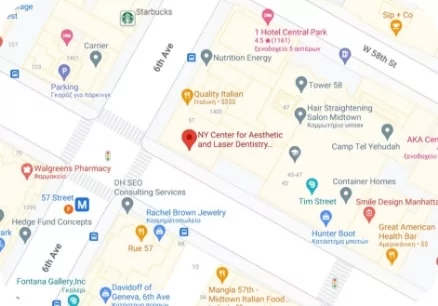Maximum Comfort. Complete Efficiency. Stunning Results.
Dental anxiety, whether mild or severe, can prevent patients of all ages from taking a proactive approach to receiving dental care. Waterlase MD works without heat, vibration, and drilling to provide a minimally invasive, precise, comfortable alternative to traditional treatments.
What Is Waterlase MD?
The Waterlase MD utilizes advanced laser technology to:
- Help reduce patient anxiety
- Provide minimally invasive restorations
- Significantly reduce the need for retreatment
- Comfortably prepare patients for fillings, root canals, and cosmetic treatment
- Provide treatment using less anesthesia
- Reduce bleeding, post-operative swelling, or pain after treatment
- Provide a more efficient treatment in less time
How Does It Work?
Laser dentistry has revolutionized the way patients receive dental treatment. The Waterlase MD uses the high-tech combination of YSGG (yttrium-scandium-gallium-garnet) laser energy and water to provide a more comfortable dental experience with lasting results.
The Waterlase MD is so precise that your doctor is able to perform restorations to the teeth, gum, and bones without causing damage to surrounding areas in the mouth.
Is It Safe?
The Waterlase MD is safe and effective. First approved for use in 1998, the Waterlase MD is now used by dentists around the world to deliver accurate, comfortable treatments that meet the needs of patients of all ages.
Ask Your Doctor About Waterlase Before Your Next Dental Treatment
If you’d like to learn more about Waterlase treatment, or find out if this is the right treatment for you, please contact our practice and schedule an appointment. We will be happy to answer any questions that you may have.
Call our expert team at 212-371-1414 or contact us online for more information.



